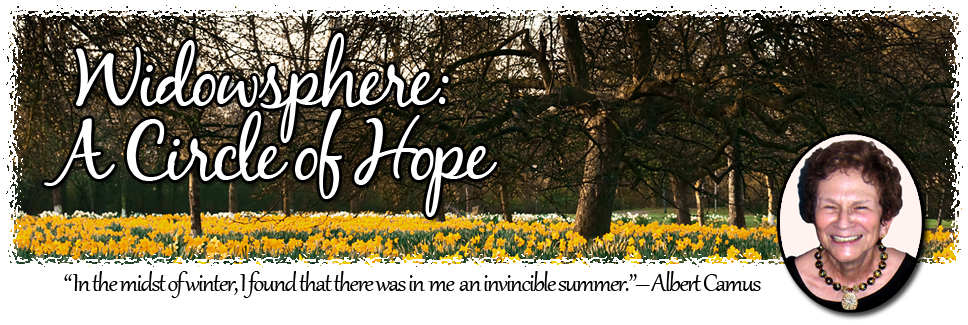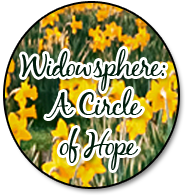
As a burn survivor myself, I was inspired by your story. First of all, I’m so sorry for the loss of your son.
You went through so much in the hospital. What was the hardest part?
There were many HARD parts as you well know from first –hand experience. If I had to pick the HARDEST part it would be waking up from coma intubated and not knowing the extent of the injuries to me and my family members. I had no idea who survived or who died. And when I did find out, it was absolutely nothing I could do about it. The complete loss of control and the emotional turmoil of not being able to communicate my desires and feelings were as painful as the physical wounds.
And afterward? People assume once you’re out of the hospital, everything is fine, but of course, it’s not that simple. What was the hardest part afterward?
I am a very independent person and am accustomed to serving others. When the tables were turned I was momentarily stumped. Not only could I not do for others, I could not take care of my own basic needs. The lack of independence was definitely the hardest. So, when I had to have someone bathe me, feed me, and wipe my backside after going to the restroom it was very humbling. However, I was extremely appreciative to have willing caretakers who helped with such compassion and wisdom that did not strip me of my dignity.
You’re an athlete. Do you think your physical strength helped you in your recovery?
Yes it definitely played a role. Your general health prior to any injury plays a great role in your ability to heal and the time it will take. However, my stubbornness, strong will, and determination, coupled with my faith in Christ played the greater role.
Were there volunteers working on the burn unit who were helpful during your hospitalization?
Absolutely. One in particular was a gentleman by the name of Gary Alley. When I finally came out of the coma, he would visit me every week. I was so impressed by this stranger that would sacrifice his time to make sure I didn’t have any questions or needs. He was my inspiration for coming back to the burn unit and volunteering. We are now very good friends and volunteer on the unit together running the support groups and other programs.
Tell about the SOAR program and how it works with burned patients.
SOAR stands for Survivors Offering Assistance and Recovery to burn patients. This program was created by The Phoenix Society for Burn Survivors and is offered at participating SOAR hospitals. There are three components to this program including SOAR peer supporters, SOAR coordinators, and SOAR trainers. Peer supporters are trained to provide support to patients and their family members on the unit. They are former survivors that the patient can easily identify with and provide an ear or shoulder to get through the process while validating the patient’s feelings. SOAR coordinators make referrals by the request of the patient to the peer supporter and match supporters to patients. SOAR trainers train burn survivors to be effective peer supporters.
You have taken a tragedy and made something beautiful out of it. Tell us about the establishment of Amos House of Faith, what it does, and what your future goals are for it
The Amos House of Faith is a nonprofit organization established in memory of my deceased son Amos with a mission to provide post burn support for children and families affected by burn trauma. There are three programs we are aspiring to provide which creates a support system for families and eases the financial burden created by this tragedy. The After Burns Club began in 2007 is held at Shriner’s Hospitals for Children in Galveston and Houston. This program is designed to empower children who have been burned and their siblings to cope with the adverse effects of burn trauma. We offer support groups that deal with pertinent topics such as teasing, survivor guilt, body image, etc… There are meals provided, monthly field trips scheduled, and club t-shirts as well. Our next goal is to establish The Amos House Family Room. This facility will be a temporary home away from home for the caretakers of seriously burned patients. The final program will be the HERO program which will provide housing for the caretakers of firefighters and EMS teams.
How are your sons doing now?
My precious six sons. Jonathon my eldest had the most adverse emotional reaction to the tragedy. He felt that God had forsaken us as a family and that he had failed his responsibility by not saving Amos which was his twin. The series of rebellion that followed was tragic. However he has now come to a greater understanding and is going on with his life. Joseph felt like a coward because he saved himself from the fire and did not have the heroic testimony his older brother had in having to be held down by several adults in attempt to save his little brothers. He has since dealt with the survivor guilt and is currently a senior at The University of Houston majoring in mechanical engineering. Caleb dealt with vicious episodes of teasing and had self-esteem issues. He is now solid in his identity and is pursuing a degree in hotel management. With Daniel my autistic son, life goes on as normal. He is still stealing the silverware and we are still buying replacements on a weekly basis. My twin Benjamin who suffered 3rd degree burns on his face and upper extremities is well. He is now mentally retarded and speech impaired as a result of the lack of oxygen at the scene. He is the happiest person I know – no kidding. He is now 6’2” in a special need class in High School with football coaches drooling over him. My precious Amos now rest safely on heaven’s shore.

Tell us about how The Circle of Fire came to be. Have you always wanted to write?
In May of 2000 I told my boys that I would write a book when they get older to help them understand what the family endured and how we got through it. Honestly, I forgot that promise. Eventually I began to volunteer on the burn unit and one thing led into another. I found myself completely emerged in the burn community both locally and nationally. Many of the patients and families I helped begin to suggest that I write a book. They felt that the wisdom and experience I had would be a blessing to many if I laid out some principles in a book format that could reach multitudes at the same time. I felt that a successful book would be instrumental in building The Amos House of Faith and made a conscience decision to let all the proceeds go the nonprofit. I have been writing as long as I can remember, poems, songs, books, stories – you name it. I am currently working on my next book which will be a refreshing surpise!
Tell us about the publication process.
The publication process was an extremely exciting journey that fit my personality type to a tee. I love task oriented work that is methodically. Getting the story from my heart to the written page was no small feat. It all began to take off when I completed a rough draft of my first chapter. When that model was established the writing flowed smoothly. Once I completed the manuscript I was faced with an unexpected emotion – I did not want to let it go. I had poured out some very transparent feelings and experiences and I was temporarily wondering if the world was worthy of it. Then I remembered my purpose and moved on with the process. Working with the interior layout designer was educational. I did not realize the many steps and decisions that had to be made to format the book properly. I gained a greater appreciation for every book I love and purchase. Clothing the manuscript with a cover was like putting icing on the cake. The ISBN number was assigned and “my baby” was released into the world. A very exhilarating experience!
How are you promoting your book?
I am currently doing radio interviews across the nation, book signing events, and speaking engagements. I also have an online presence including the book website www.thecircleoffirebook.com, Shelferia, GoodReads, Amazon, Barnes & Noble, and many other online retailers. You can follow me on Twitter: http://twitter.com/ TheAmosHouse or LinkedIn: http://www.linkedin.com/groupRegistration?gid=2572084&csrfToken=ajax%3A494163204127192.
The Amos House of Faith
Justina Page - Executive Director
Author of the The Circle of Fire
"Extend a helping hand - your heart will thank you!"
P:832-816-5941
C:832-816-5728
E-mail: jpage@thecircleoffirebook.com
Website: www.theamoshouseoffaith.org
Website: www.thecircleoffirebook.com






























